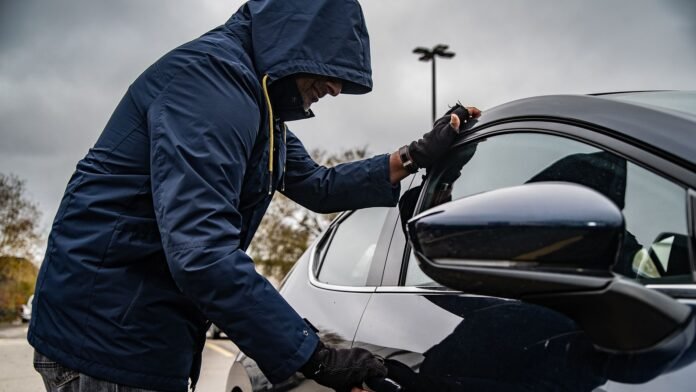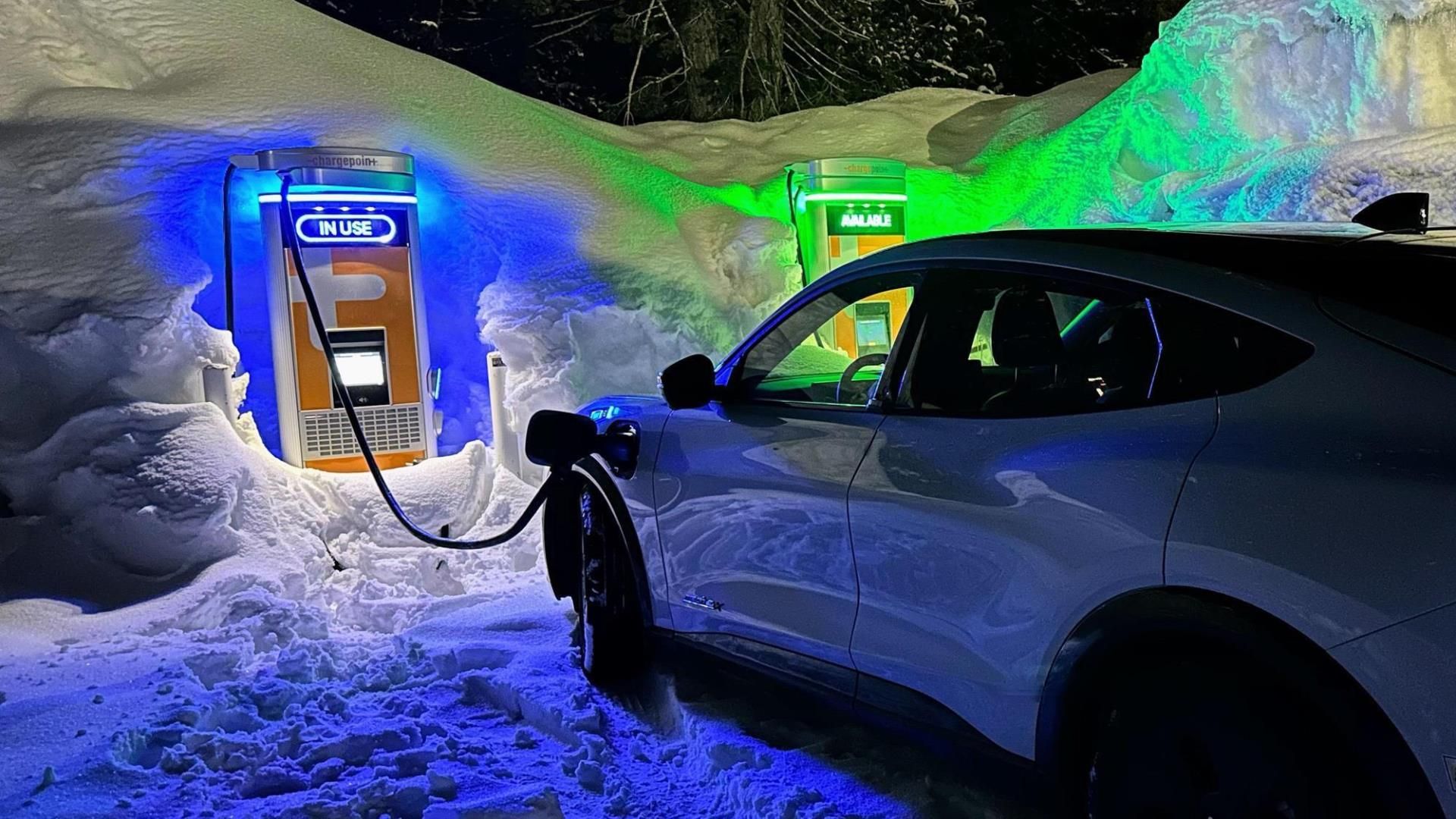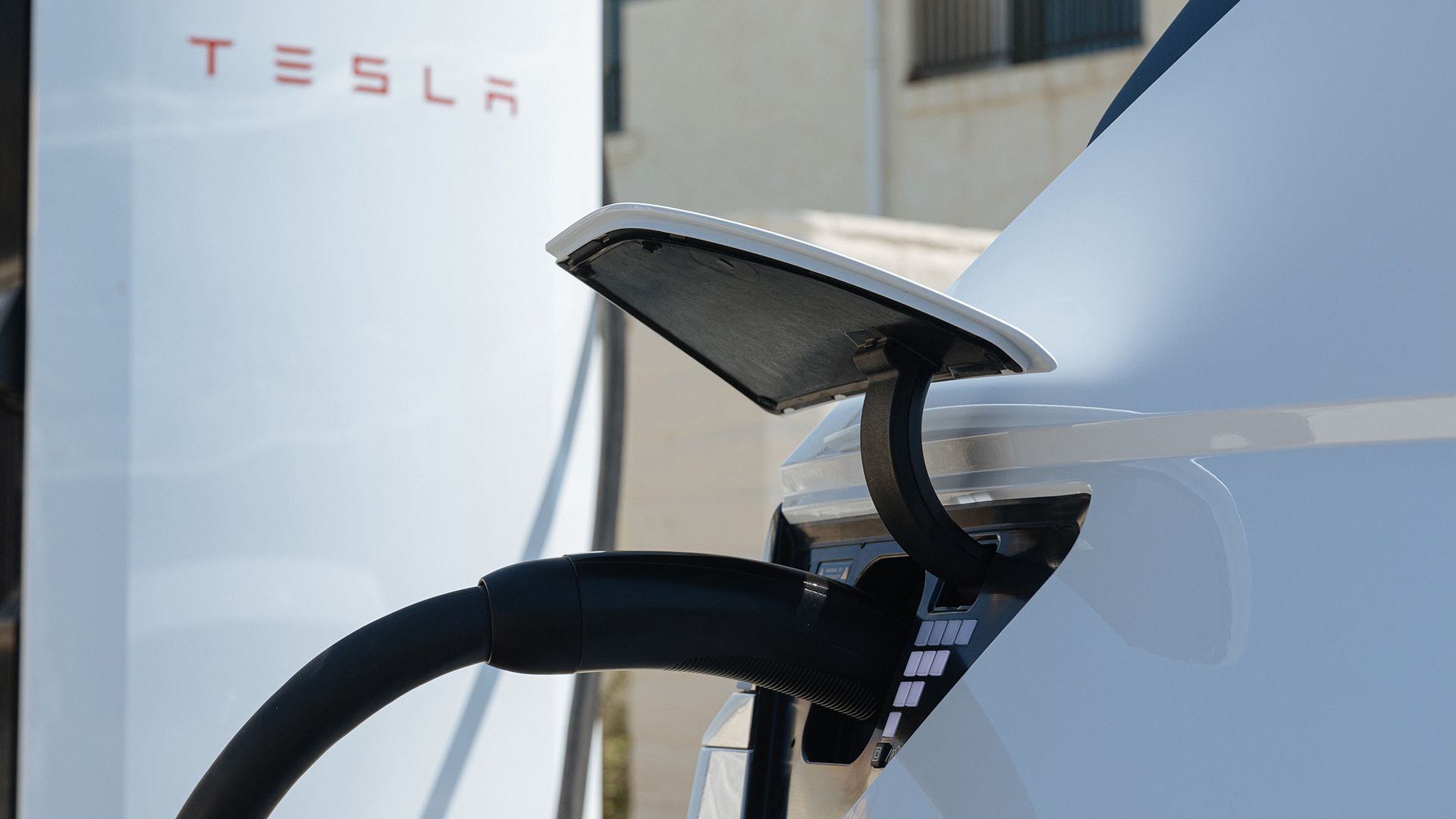As I write this, more than half of vehicles sold worldwide are connected. By the end of this decade, that number could rise to 95%. But as more cars collect data, they become an increasingly popular target for hackers, allowing them to steal vehicles without even having to break into them, or worse, steal your personal information. Car theft has transformed into cyber attacks.
And it’s not just the cars that are at risk. Chargers for electric vehicles (EVs), also connected to the grid, have also become part of the problem. According to Upstream, a cybersecurity company that monitors 25 million connected vehicles worldwide, charger hacks made up 4 percent of cyber attacks in the automotive sector last year.
So how are we protected from hackers in a world where our cars and chargers are constantly exposed to attacks? It turns out that automakers are already working with third-party cyberattack companies like Upstream to use artificial intelligence (AI) as a weapon to fend off hackers.
Related
Why car thieves are not interested in electric vehicles
Car theft is on the rise in the US and Canada, but the thieves don’t seem interested in electric vehicles.
Car manufacturers can prevent hacks via OTA
Cyberattack companies are already using generative AI to connect large amounts of data. So by working with them, automakers can focus on solving the problem instead of looking for it. When a company like Upstream detects a potential threat to a vehicle’s systems, or even to an automaker’s connected services (i.e. mobile apps), it works with that automaker to quickly deliver an over-the-air update (OTA ) to push to block the attack.
These OTAs can even go so far as to send instructions to the owner on how to protect their vehicle and apps from a potential threat. This can be done remotely in just a few hours, instead of having to take your car to your local dealer for an update.
Upstream uses a service called Ocean AI, which helps automakers with a wide range of data-driven tasks. This also includes cyber attacks in the field of electric vehicle charging. The system can automatically analyze data from connected vehicles to determine which vehicles have been charged by a compromised charger.
AI can also repair broken chargers
Artificial intelligence will not only help consumers charge their electric cars with greater peace of mind, but will also help reduce on-site charging disruptions. ChargePoint recently launched an AI-powered diagnostic tool to speed up fault detection, with the ability to remotely troubleshoot faulty chargers. From Rick Wilmer, CEO of ChargePoint:
The challenge is that there are certain types of faults that you cannot always detect with the remote monitoring functionality and the sensors located in the station. Theoretically you could put enough cameras and sensors in the station so that you could detect every possible failure mode, but that becomes impractical from a cost perspective.
But thanks to AI integration, users can submit photos directly to ChargePoint’s “report a problem” feature. The photos are then analyzed by artificial intelligence and when an error is detected, it is sent directly to the ChargePoint network operations center.
Since charger issues are often software-related, the AI-powered tool eliminates the complexity and delay associated with sending a technician to the scene. The end result for ChargePoint is faster charger troubleshooting, but also more intimate control over the charging infrastructure.
TopSpeed’s opinion
The cyber attack world is a big game of cat and mouse. While automakers are arming themselves with new AI solutions to limit data breaches, hackers are also equipping themselves with the latest technology.
However, it is great news to see car manufacturers handing the problem over to companies that specialize in that field. Automakers specialize in the art of building cars, not in maintaining large amounts of data and coming up with solutions. The fact that these issues can be resolved quickly and remotely will certainly reassure consumers who are increasingly concerned about data theft. But we are not out of the woods yet, as we are only entering a highly digital automotive world.







